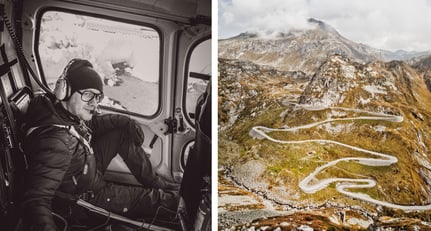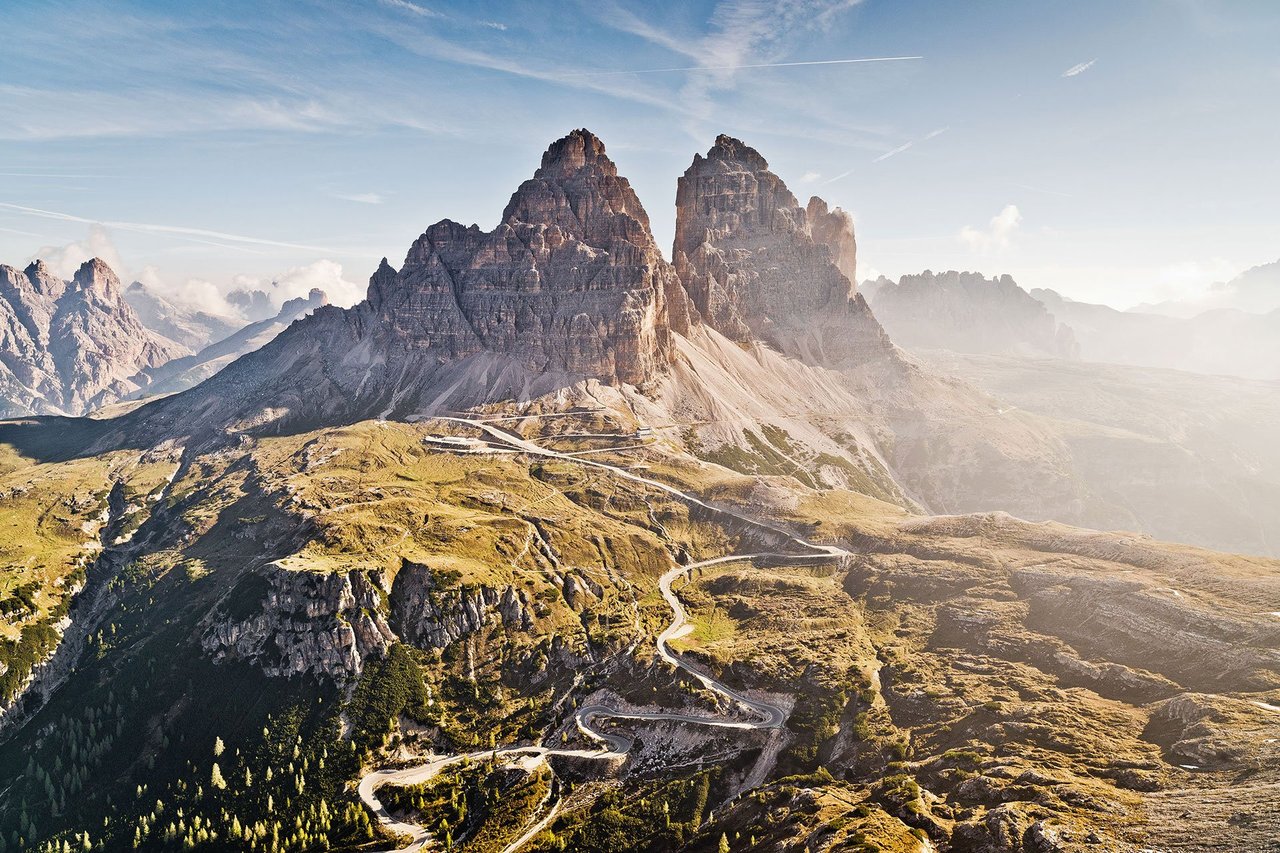


Why travel to Switzerland, Austria, France or Italy when the world’s best and most artfully twisted driving roads can all be found in Curvistan? The thing is: This mythical serpentine heaven on Earth only exists in the mind of Stefan Bogner, the multi-talented photographer, designer, die-hard Porsche enthusiast and publisher of the cult magazine ‘Curves’. With Curvistan, he has created his perfect place of longing, an imaginary country that blends all the beautiful roads he has explored while travelling and photographing for ‘Curves’ in the Alps and on mountain roads all across Europe, the US and South East Asia, Iceland and Patagonia in the last 10 years. Shortly before he left to shoot the latest edition of ‘Curves’ during a six-week road trip across New Zealand, we paid him a visit in his Munich office, internally known as the ministry of tourism, propaganda and external affairs of Curvistan.

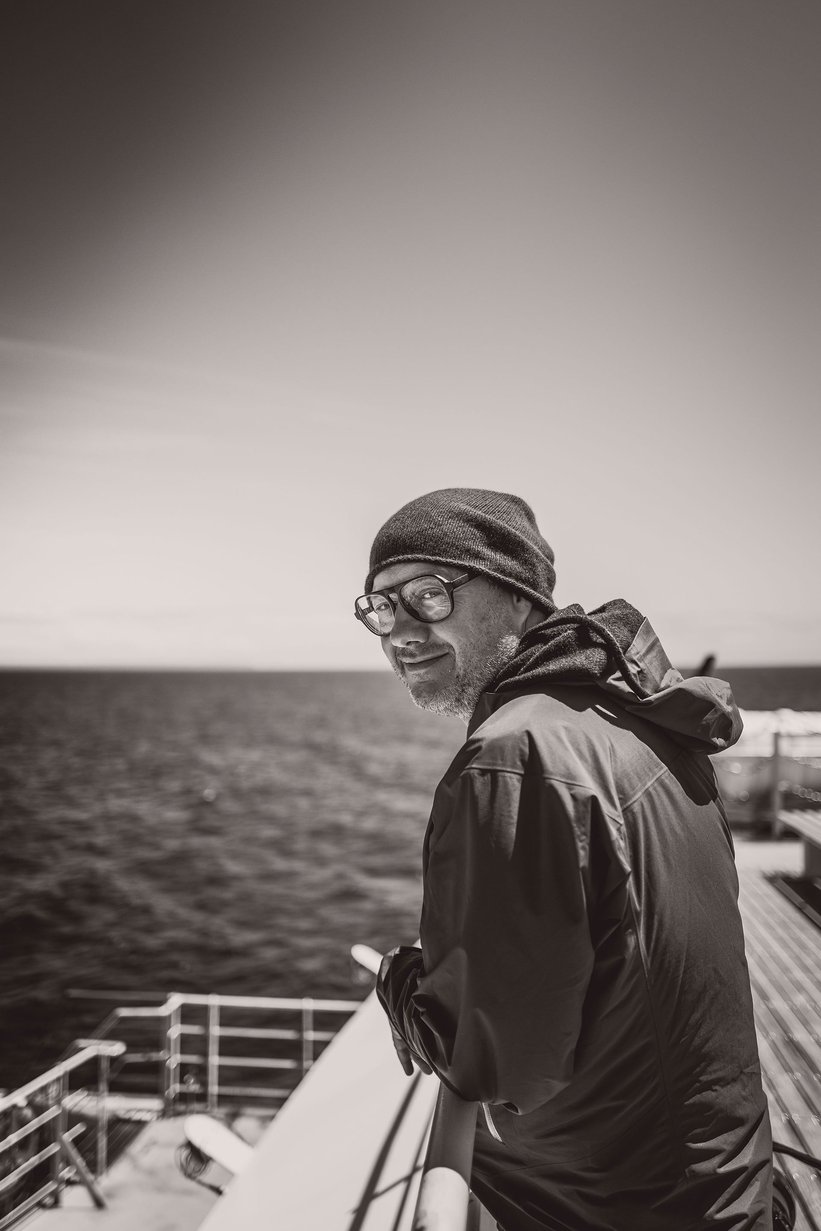
Stefan, we have known each other for more than 10 years and worked together on multiple books. Ever since, I have been fascinated by your insatiable urge to do new things, to keep exploring and creating, to never stand still. Where does that desire stem from?
I grew up in a family that was always on the move. “Weiter geht die wilde Jagd” was our motto – "The wild hunt continues". We travelled a lot, especially when we were living in the US. I first went to New York in 1978 when I was ten years old and it was a revelation: Standing on the 40th floor and looking at the Pan Am Building across the street while down on the corner the first breakdancers were doing their thing felt so intense that I will never forget it. At 14, I was rolling down from the Upper East Side to Soho on my BMX. We rarely stood still. My parents appreciated fast cars, so I got used to driving in a Golf GTI or a Porsche 911 early on. Good food played an important role, too, and there was always very good independent music playing on our Revox tape machine. Therefore, I have been playing in bands, fiddling around with synthesizers and listening to electronic music for most of my life. I guess most of what fascinates and drives me today stems from my childhood and youth, from a way of life that my parents introduced me to. This mindset has certainly shaped me.

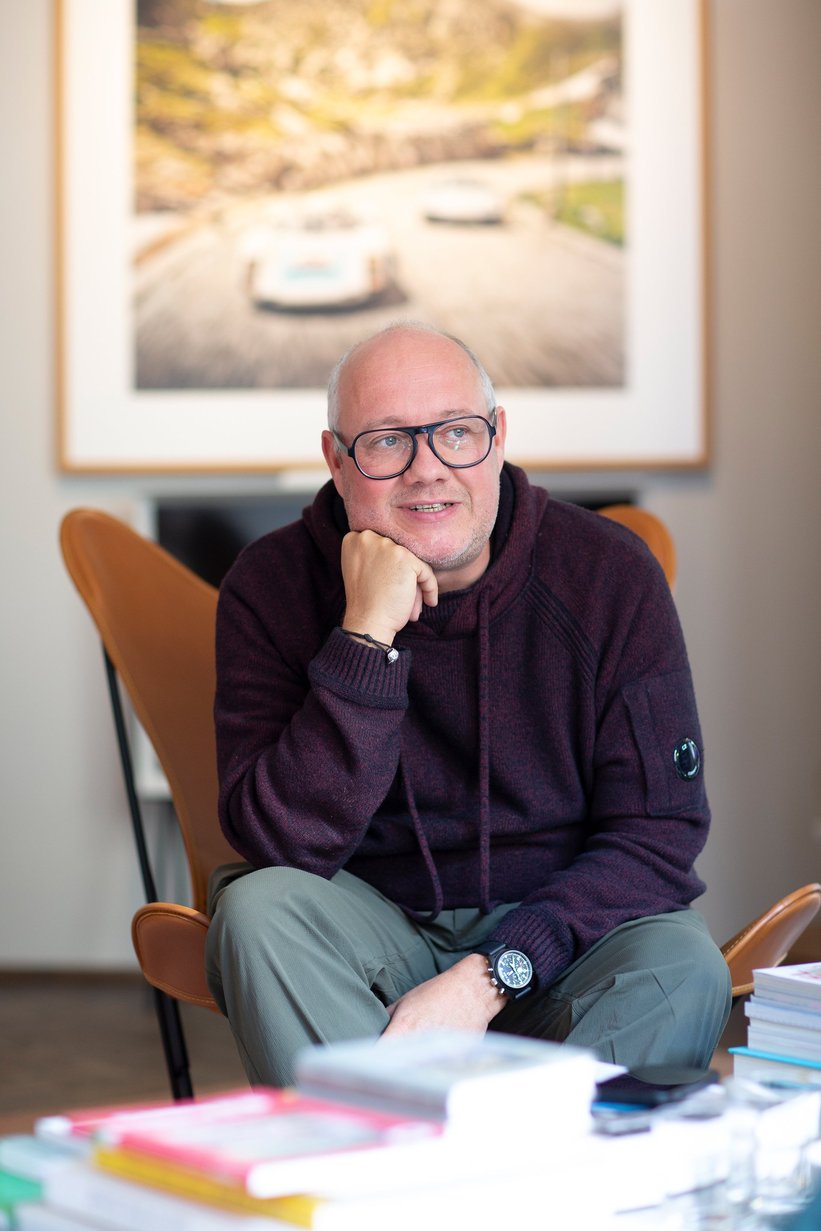
Your uncle is the fashion designer, film maker and alpine ski racer Willy Bogner. Your father, Michael Bogner, managed the family’s global fashion business. Did they both awaken your love for the Alps? And why did you not step into their footsteps at the Bogner brand, but follow your own path?
Naturally, the Alps were always an important topic in our family. Every Friday noon in winter, we were all squeezing into the Porsche, skis on top, to hit the slopes in Switzerland. The mountains have been inscribed into my DNA. But when I graduated from school and my parents offered me to enter the family business, I felt I had to go my own way – to find out what I was good at and what I truly wanted from life. One day a girlfriend of mine introduced me to an industrial designer, and when he hold me what he was doing, it was a revelation! So I applied at the design school in Munich with some furniture I had built. And surprisingly, I got accepted. After studying for five years and doing internships at designer Herbert Schultes, I teamed up with some friends and we started our own design agency called Factor Product.
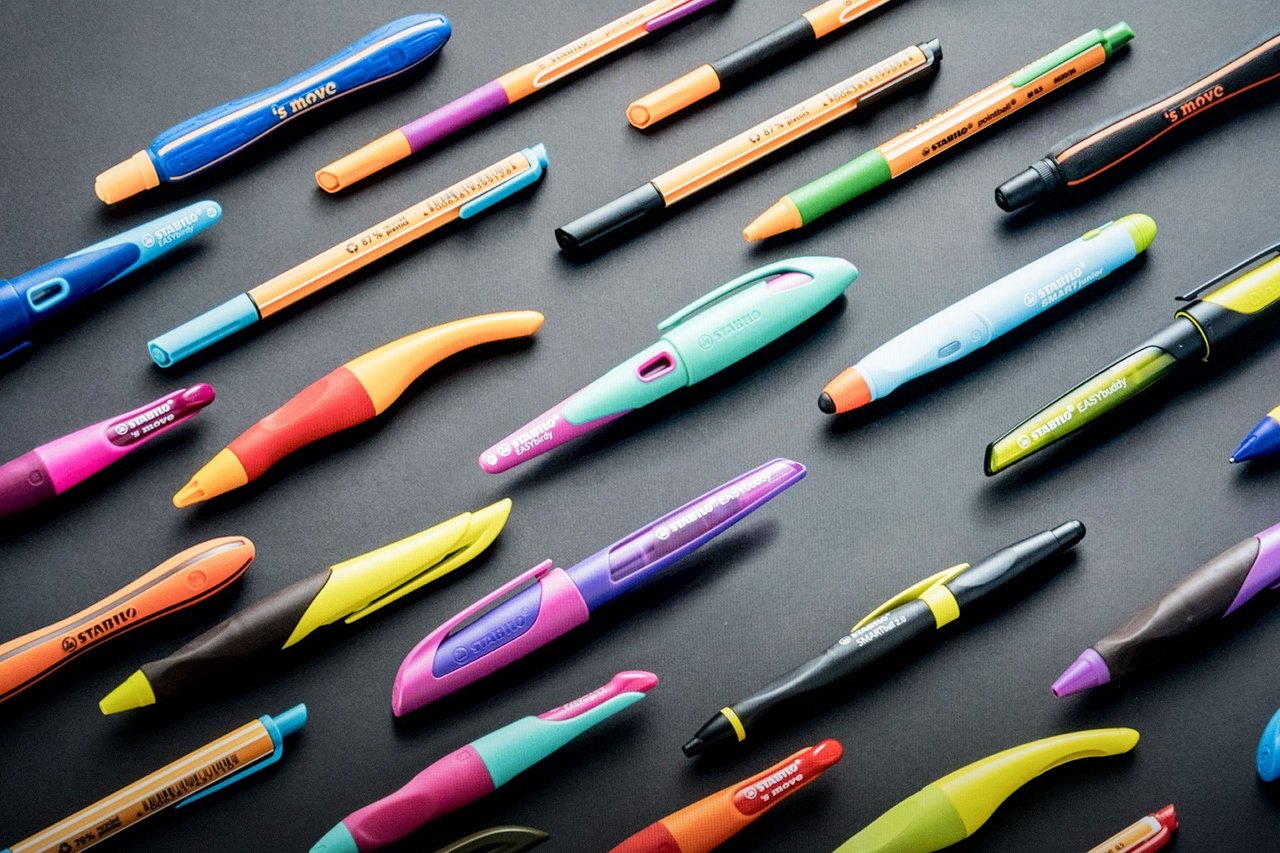
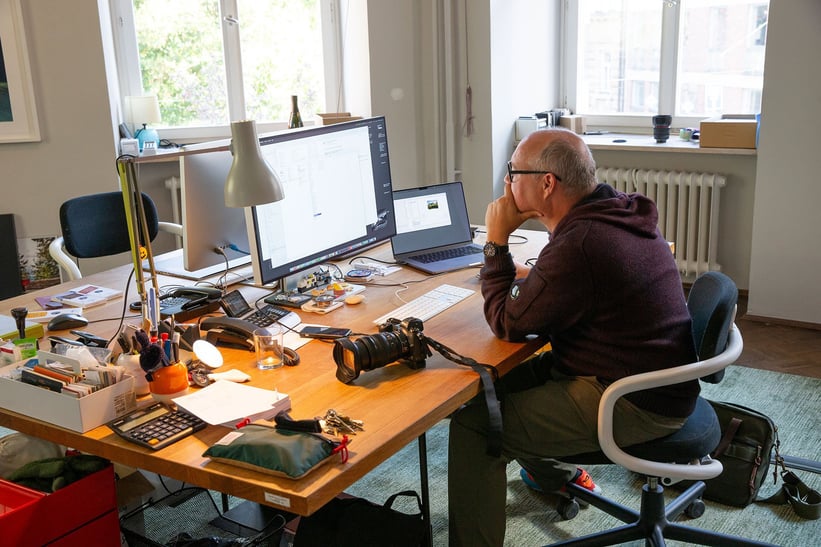
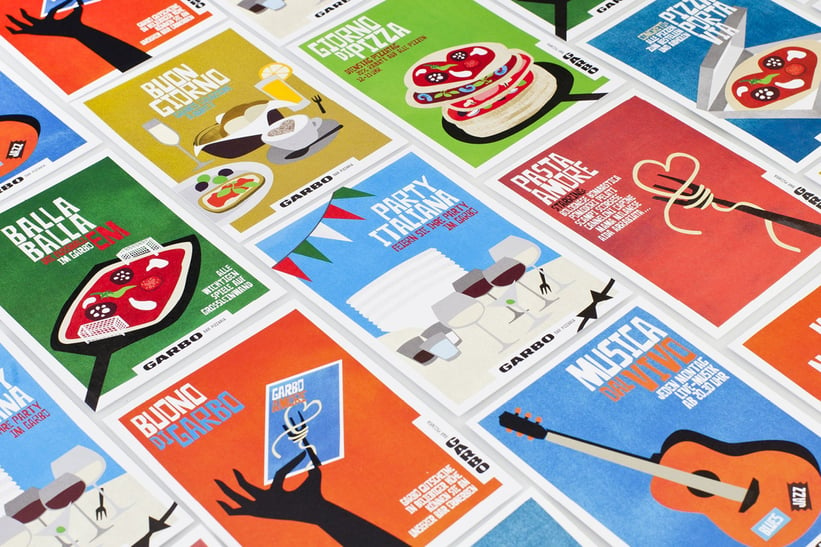
What was the cultural environment for a young design startup back then? And what kind of products did you design?
The Mid-1990s were a great time for industrial designers, we saw the rise of design superstars like David Carson or Tomato. That culture inspired us. As electronic music and techno were growing fast, we were soon creating cover art for musicians we knew, friends like Martin Kretschmann alias Console. For Bogner we designed the logo that is still being used. But we really did everything – from package design to jewelry. One of our greatest hits at the time was a Basketball-shaped pen we designed for Schwan Stabilo. We grew fast and quickly managed a team of 15 employees. When the internet took off, we created our first experimental websites, and I slowly drifted towards communication design, as I liked to work fast. For the Bavarian Broadcasting Company, Bayerischer Rundfunk, we created the whole corporate identity. For Fischer, we designed skis and skiing boots. We worked for the legendary Munich delicatessen shop Dallmayr, created the posters for the influential night club “Rote Sonne” and redesigned the classic Baedeker and Marco Polo travel books for Mair Dumont.
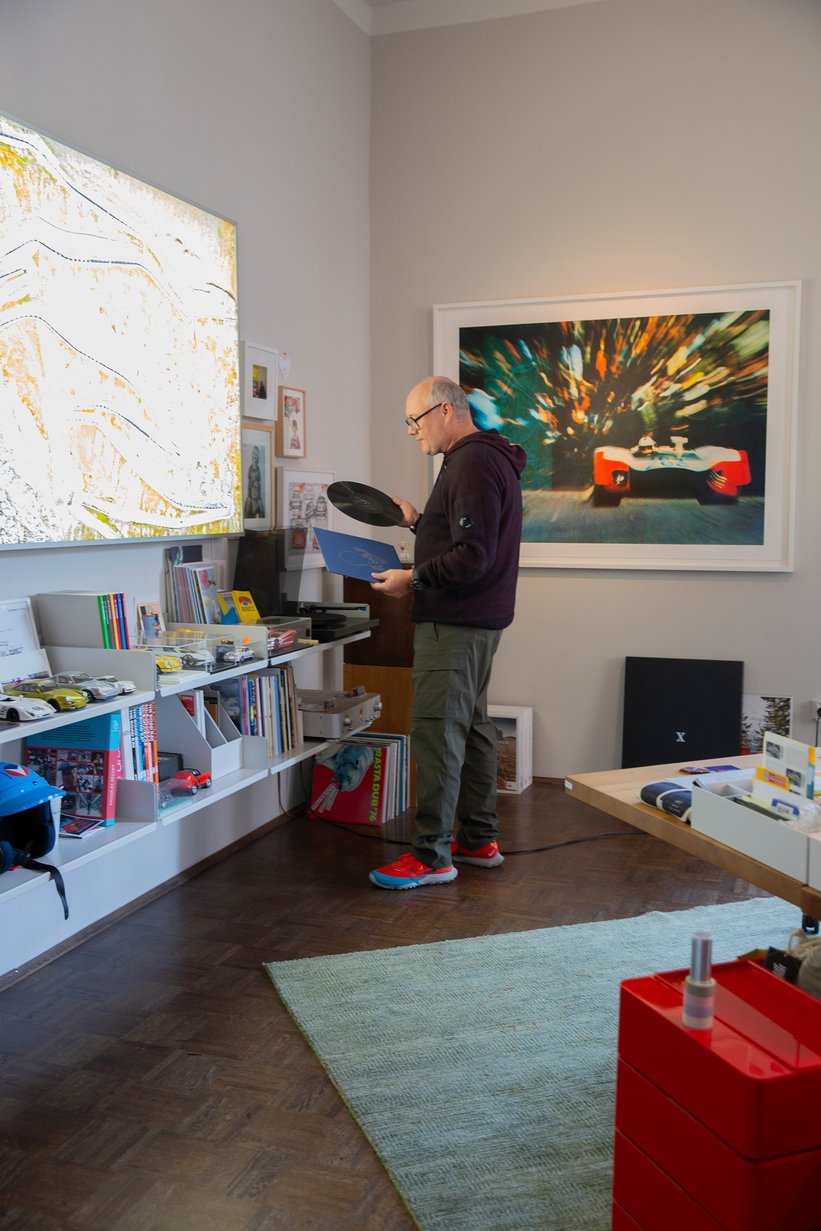
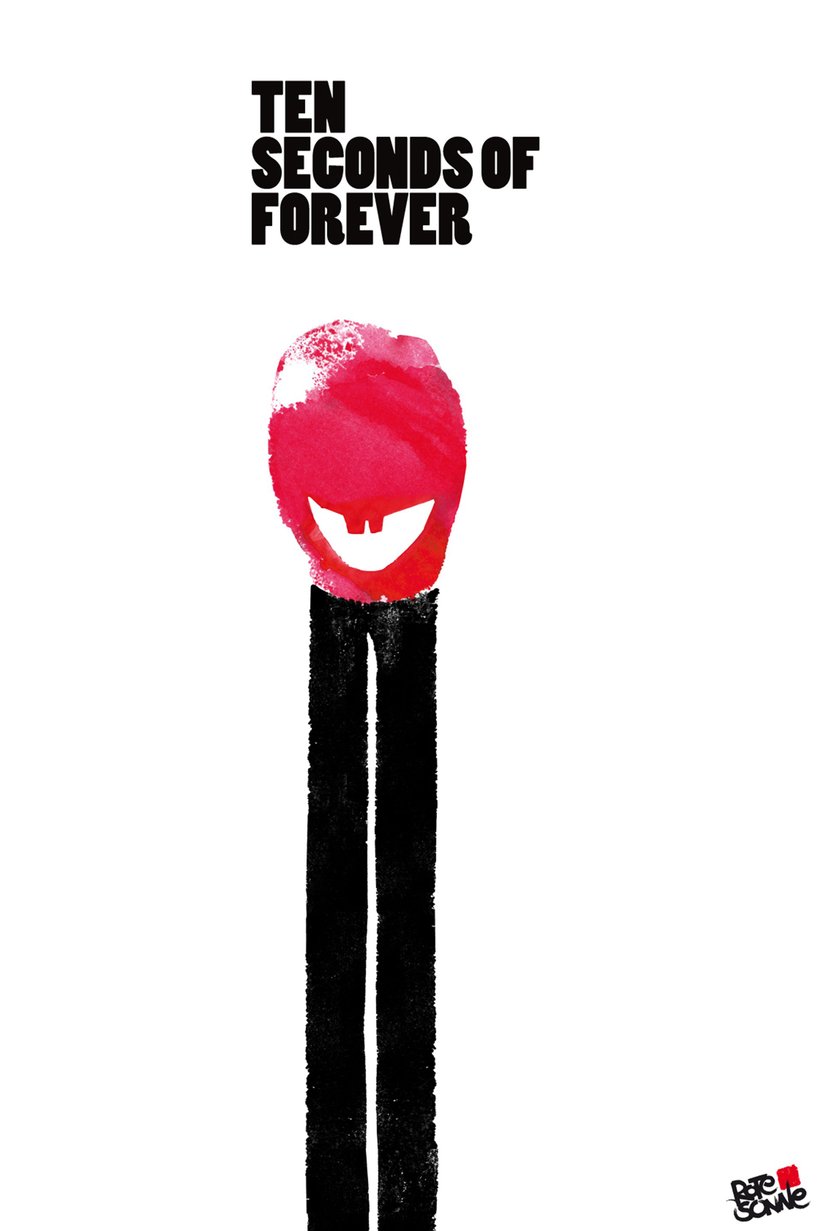
That seems like a wild mix. Which jobs did you enjoy most?
The jobs that matched with my personal interests – music, culture, travel, food, sports – and the ones that allowed me to connect likeminded people from different spheres. The greatest inspiration came from traveling – from Scandinavian design to Swiss typography, there’s always something that’s different to where you come from, that allows you to get a new perspective on things. A friend of mine had an electro punk band called “Chicks on Speed” and when I joined her on tour, I always brought home suitcases full of books. Today you can find everything on the internet, and every shop between LA and Tokyo sells the same stuff, but back then the greatest joy was to roam the most obscure and independent local book shops and record stores for hidden treasures.
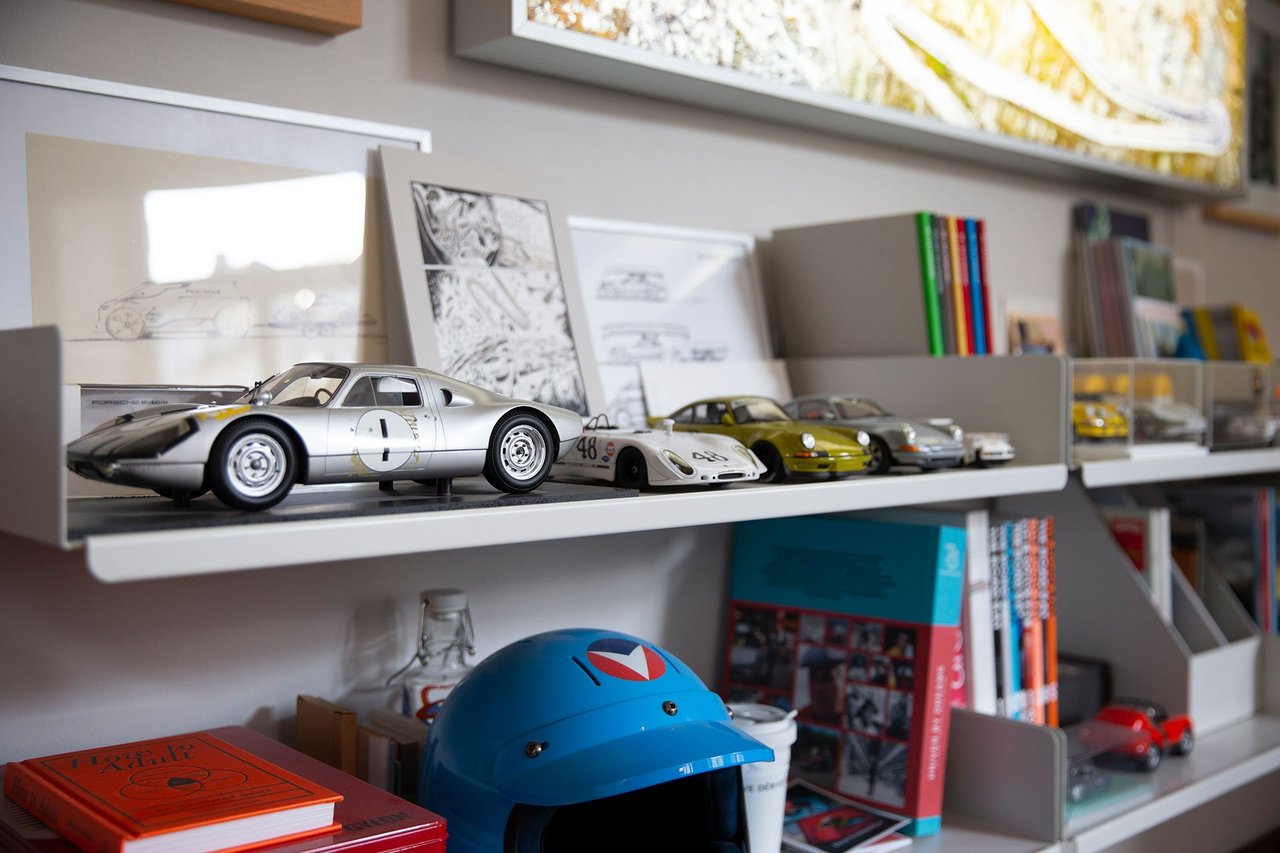
True – and in every city, you could find something else!
Exactly! I always loved to explore local differences, but it’s getting more difficult to find them. When Instagram started, it was a fantastic gateway to discover photographers from all over the world, now it has become so forced into line by the rule of the algorithms that really new and different ideas are very hard to find. Today you can download any grading preset you want, but we tend to forget that creating something truly exceptional takes a lot of time and dedication: before designing the iconic work bench for Bulthaup, Herbert Schultes traveled the world for half a year to research different kitchen styles. When Kent Nagano joined the Deutsche Synphonieorchester and I was asked to create a new visual identity, he reminded me that the orchestra had been around for more than a century, that he was only a guest – and that my design should be relevant even after he would leave again. This humble perspective impressed me.

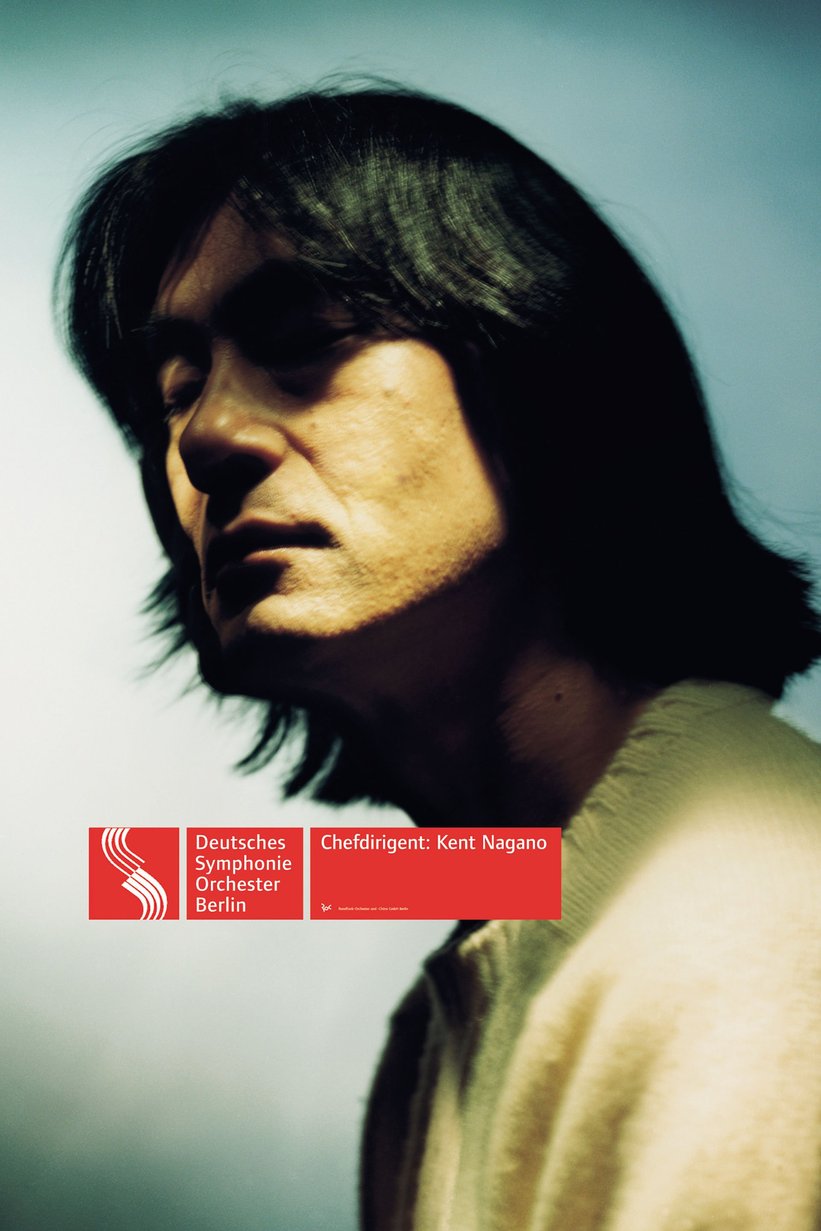
Is being less rushed a key to creating better design?
Well, we marvel at the fermented food at Noma, but before they succeeded the chefs have failed and failed again, probably hundreds of times. Maybe that’s why we still stick to the design classics of the past, the Dieter Rams bookshelves and Charles & Ray Eames chairs – because contemporary designers don’t have the time to research, reflect and create something sustainable. We need to learn again to embrace the process, think things through and dedicate ourselves to creating something truly meaningful instead of getting lost in the noise.
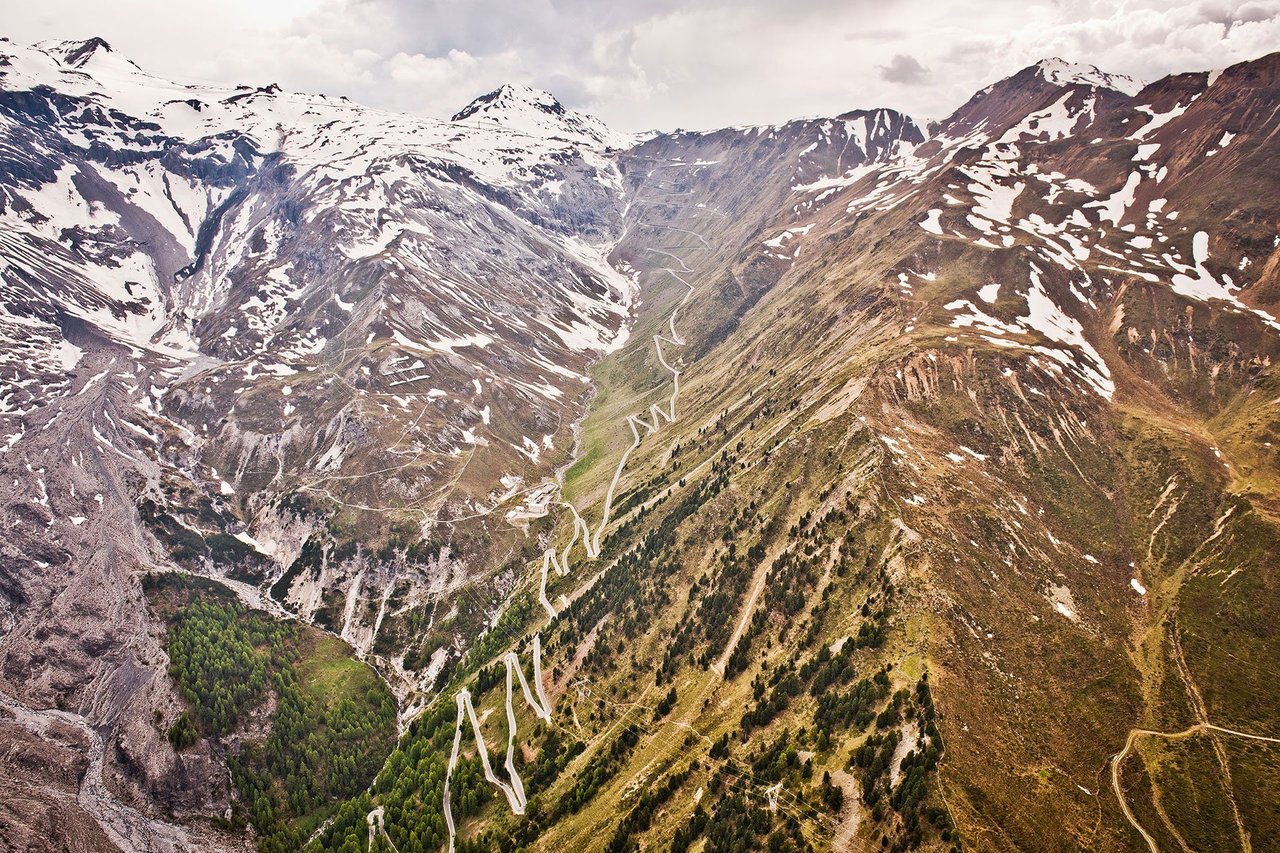
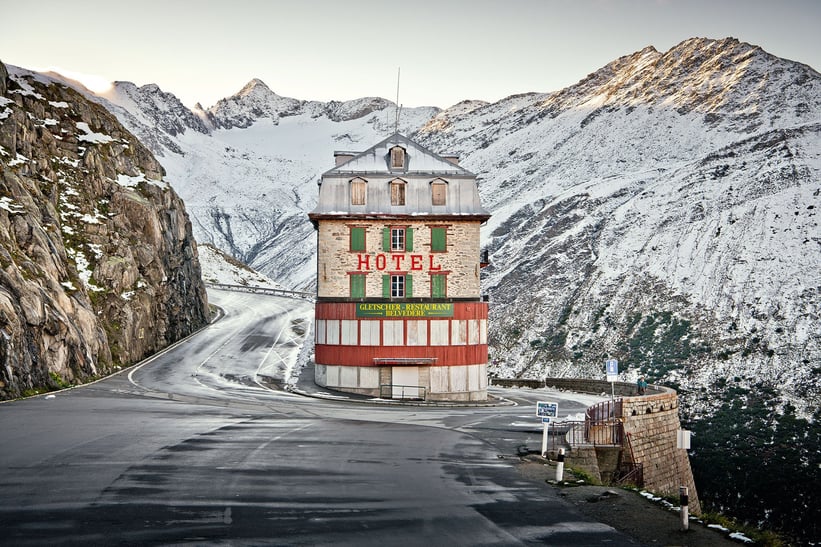
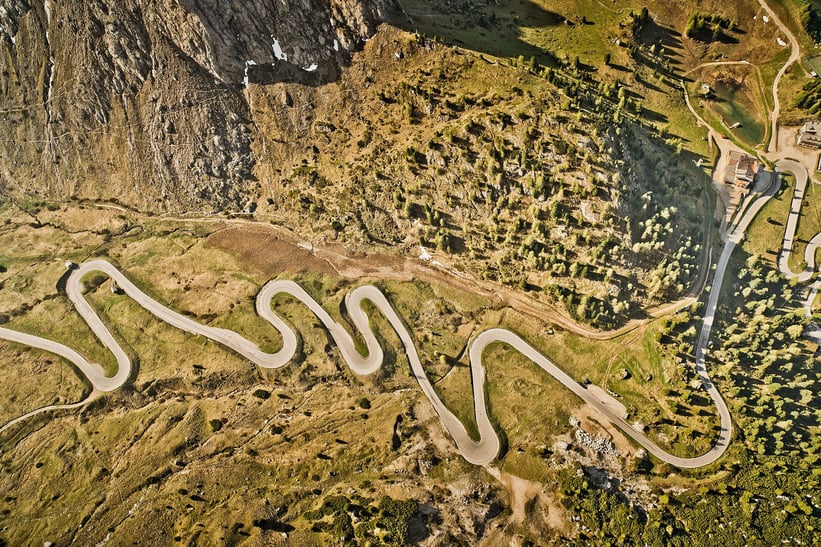
Was this the reason you started photographing mountain roads a bit more than a decade ago?
Well, on the weekends I often escaped to the alps with my classic Porsche 911. I love the solitude of the Alps – there are no Zoom meetings, no ALL CAPS emails, if you’re lucky you don’t even have mobile network. At one point, I was standing on top of a mountain pass, I marvelled at the curves below me through the lense of my camera – and I asked myself: Why isn’t there a magazine dedicated to just these magnificent roads, if they are loved by automobilists, bikers and cyclists alike? It just had to be done. I was watching a lot of movies at that time, so I imagined what Quentin Tarantino and Sofia Coppola would produce during a road trip across the Swiss Alps, listening to their favourite mixtape. I wanted a certain aesthetic, I wanted to show only empty roads, and I chose the name “Curves” for it.
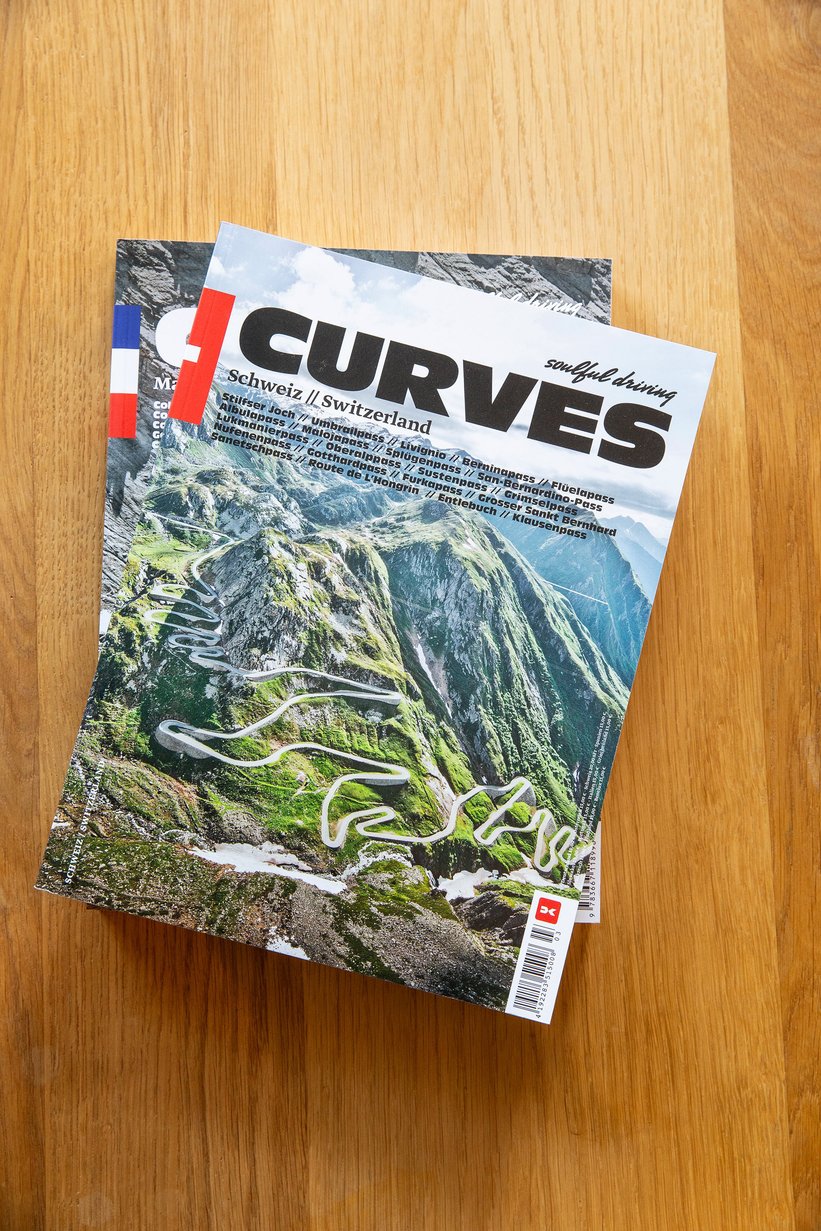
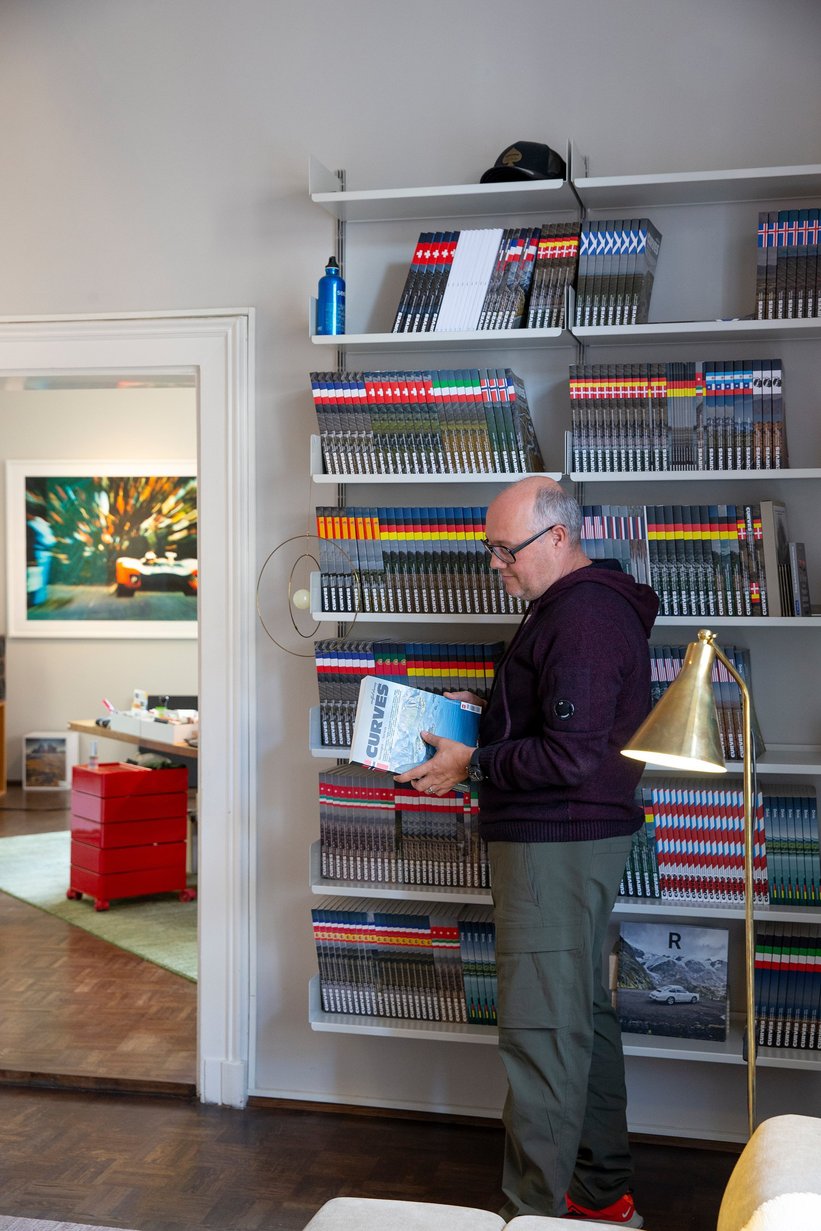
So you just published it on your own?
The publishing houses and car brands I spoke to sent me away, but my intuition told me that this would fly. There’s a phrase on a note on my office wall that I hold very dear, it says: “If something is impossible, do it anyway. If you don’t do it, it won’t exist.” So I invested my own money and printed a first edition. From there on, I had entered Karma highway. The very first review of “Curves” was published on Classic Driver – and it has been growing ever since! At one point, I decided to sell my shares at Factor Product and focus all my attention on Curves.

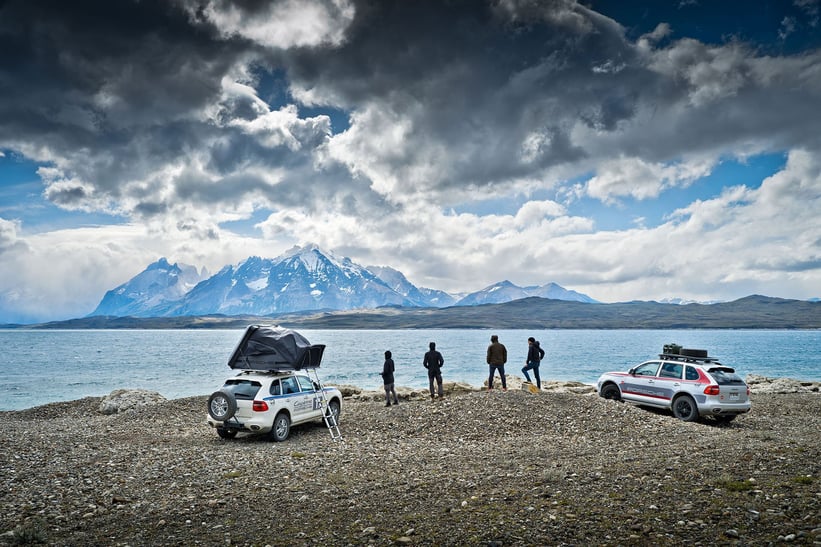

For the last 10 years, you have travelled the world, you have photographed the most beautiful driving roads between Iceland, Malaysia and Patagonia – and you have published more than 20 editions of Curves magazine. Has the formula ever changed?
It’s a bit like Italian cuisine – if you have cracked the formula for the perfect Bolognese, you stick to it. My aim is to inspire people from all generations and backgrounds to travel the world. The roads are made for everyone, and so is “Curves”. I have received over 50 design awards over the course of my career – but still the best recognition of my work is when I meet someone on top of a mountain pass who has come here because he was inspired by “Curves”, and who greatly enjoys it. After all, the world is too beautiful not to explore it. In the last 10 years, I have made wonderful friends all across the globe, it almost feels like a community. On most of my trips, I take along some of my old entourage from home who support me on my photo productions or shoot their own films, so there are friends wherever I go. I am also very grateful to my pals at Porsche who keep supporting “Curves” since the early days – I drive my Porsches whenever I can and I cannot imagine a better partner brand, or one closer to my heart.
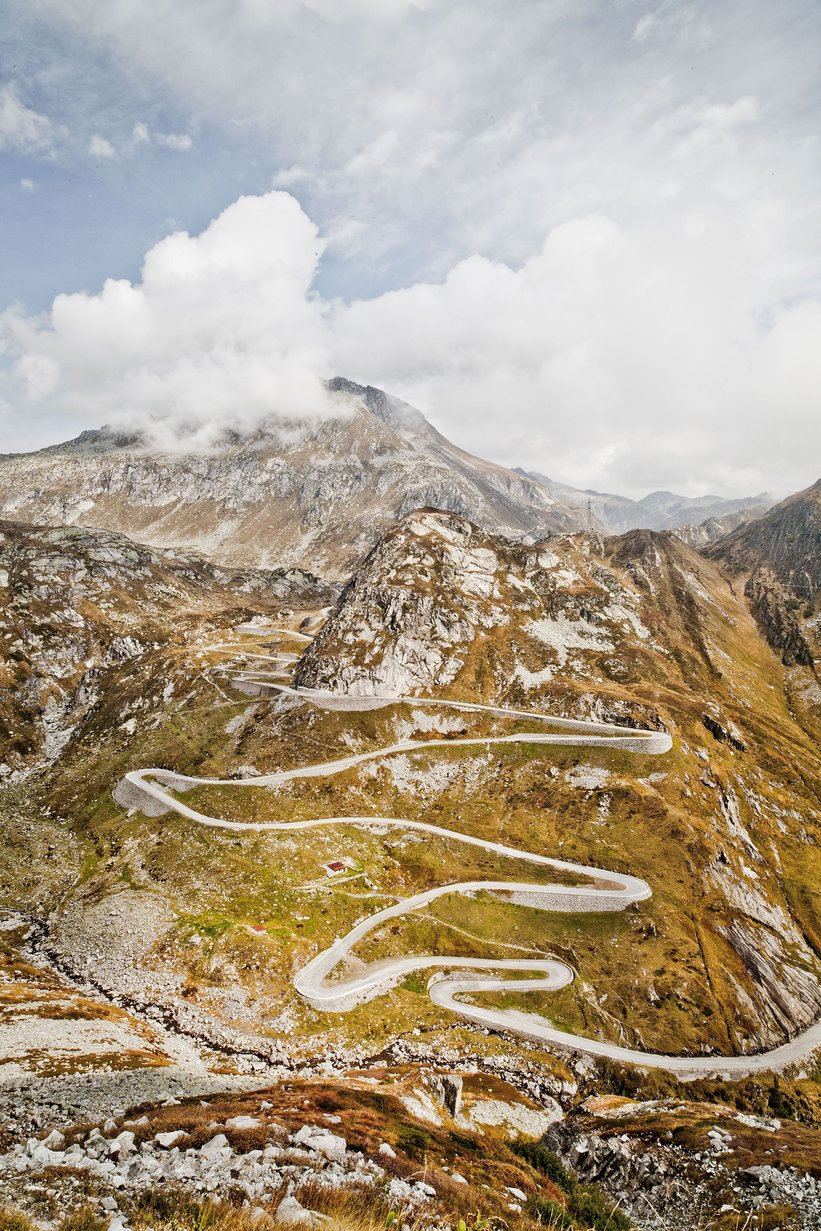
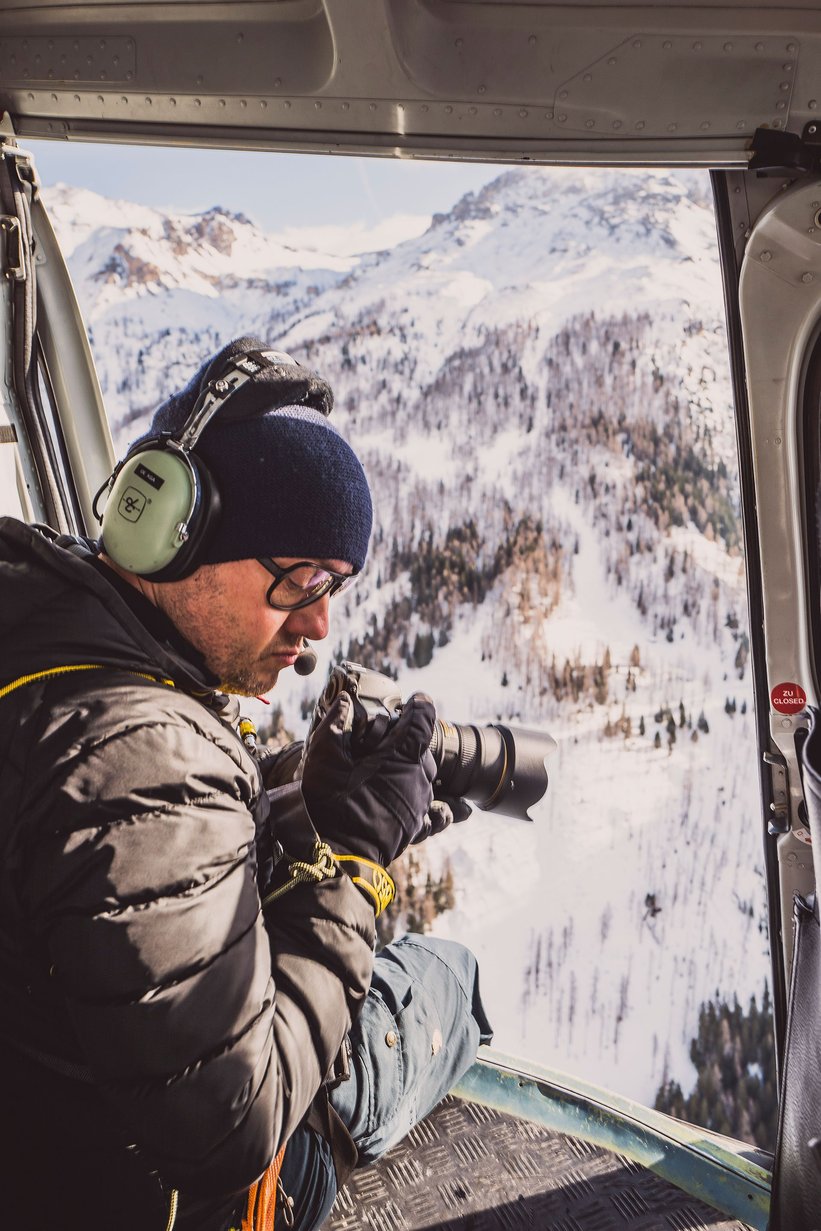
Besides “Curves” you have published more than a dozen books, including a series of “Pass Portraits” taking a deep-dive into the history of the Stelvio, Grossglockner Hochalpenstrasse and the Gotthard Pass that we worked on together. Why did you want to publish these books.
I think that these alpine roads rank among the most important and impressive constructions in human history. They are as relevant as the Empire State Building or the Golden Gate Bridge. So they had to be documented and celebrated accordingly, curve by curve. I am glad that we made these books, it just had to be done.
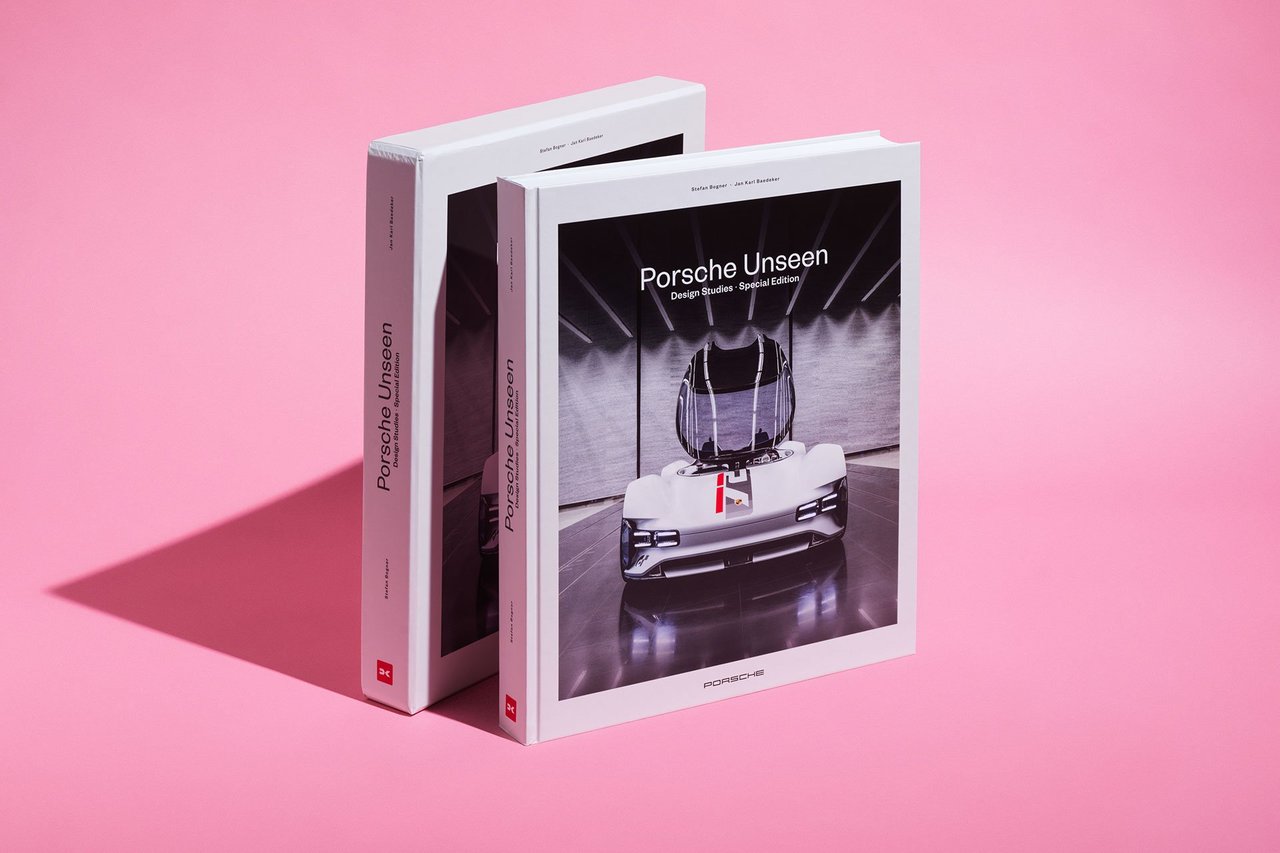
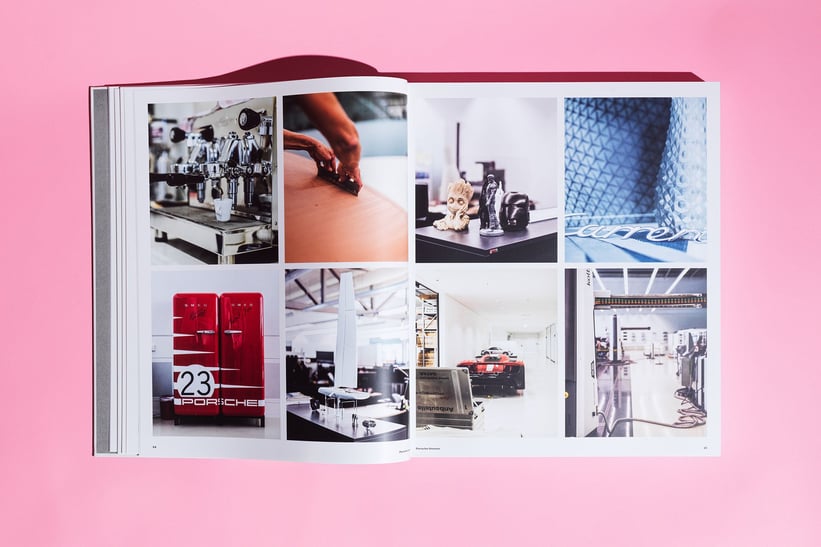

I certainly won’t forget the time we spent digging through the archives and waiting on top of the pass for the right weather to arrive. Still, the book that took the longest to realize was “Porsche Unseen”. Do you still remember how the idea came about?
Michael Mauer, the head of design at Porsche, loved the Alps as much as I do. So we quickly became friends after we first met. One day, he gave me a little tour of the design department. I was blown away by all the amazing concept and prototypes that they had created in all secrecy – the electric Renndienst bus, the tiny 904 Living Legend – and that nobody knew about. Porsche is known for the perfect evolution of automotive design from the early 356 to the latest 911. But who would have thought how progressive and experimental the studio actually was? After I had photographed the cars for an internal documentation we both felt the world had to know about it, to understand that Porsche had the potential to spark a revolution. Luckily, Oliver Blume and the board soon agreed that it was actually a good idea to reveal all these secret cars to a global audience with a book. I felt that was the only appropriate format for such an important reveal, it just had to make “boom!” (lets the book drop to the floor with a loud bang). We had to photograph the cars in total secrecy on the design studio’s courtyard, but somehow the authentic setting fit the idea very well and I am very happy that we made it.
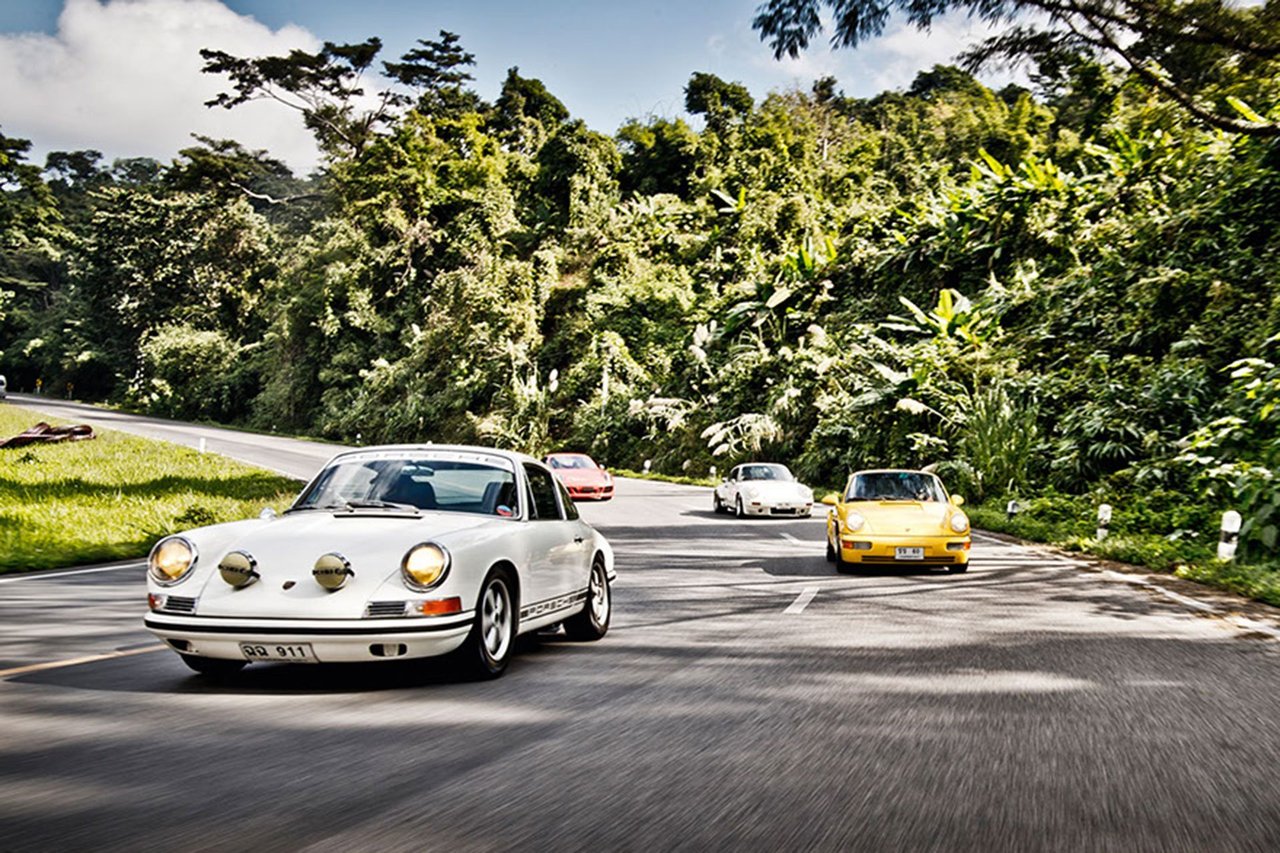
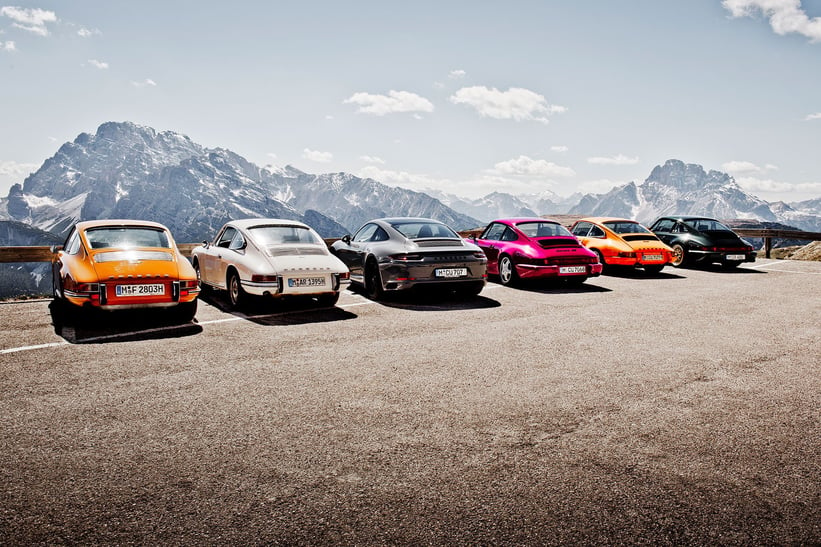
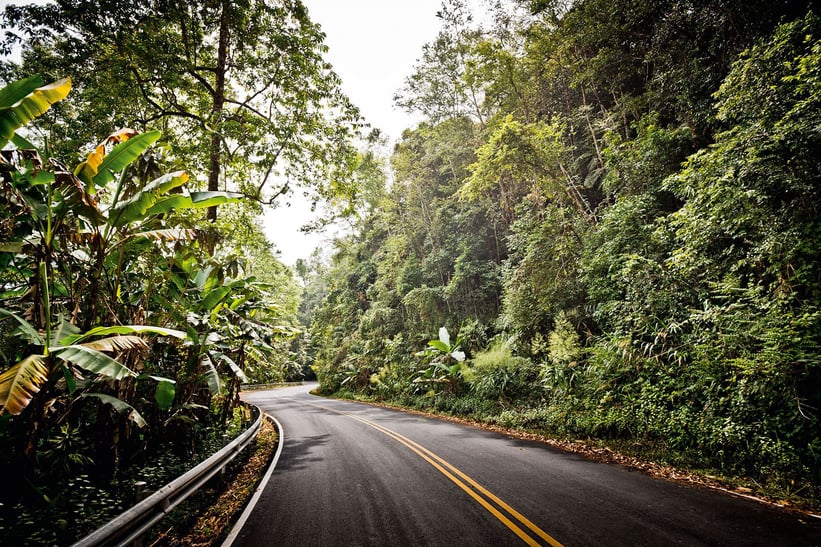
During the pandemic when travel was restricted, you have created the imaginary country “Curvistan”. Meanwhile, it has become a book as well as a temporary concept store and exhibition format in Munich and Singapore. What’s next?
I love movies and I am working on a feature-length format of “Curves”, that’s in the making, but takes time to get right. I’m planning the next editions of “Curves” that I will produce in 2024 and I am working on the layout for “Cars & Curves 3”. I’ll also bring back the “Curvistan” store in Europe and Asia with a new twist. On another note, I would love to get back to making music: standing in front of a wall of sound, pushing it to the limit and drifting away is one of the most rewarding things you can do.
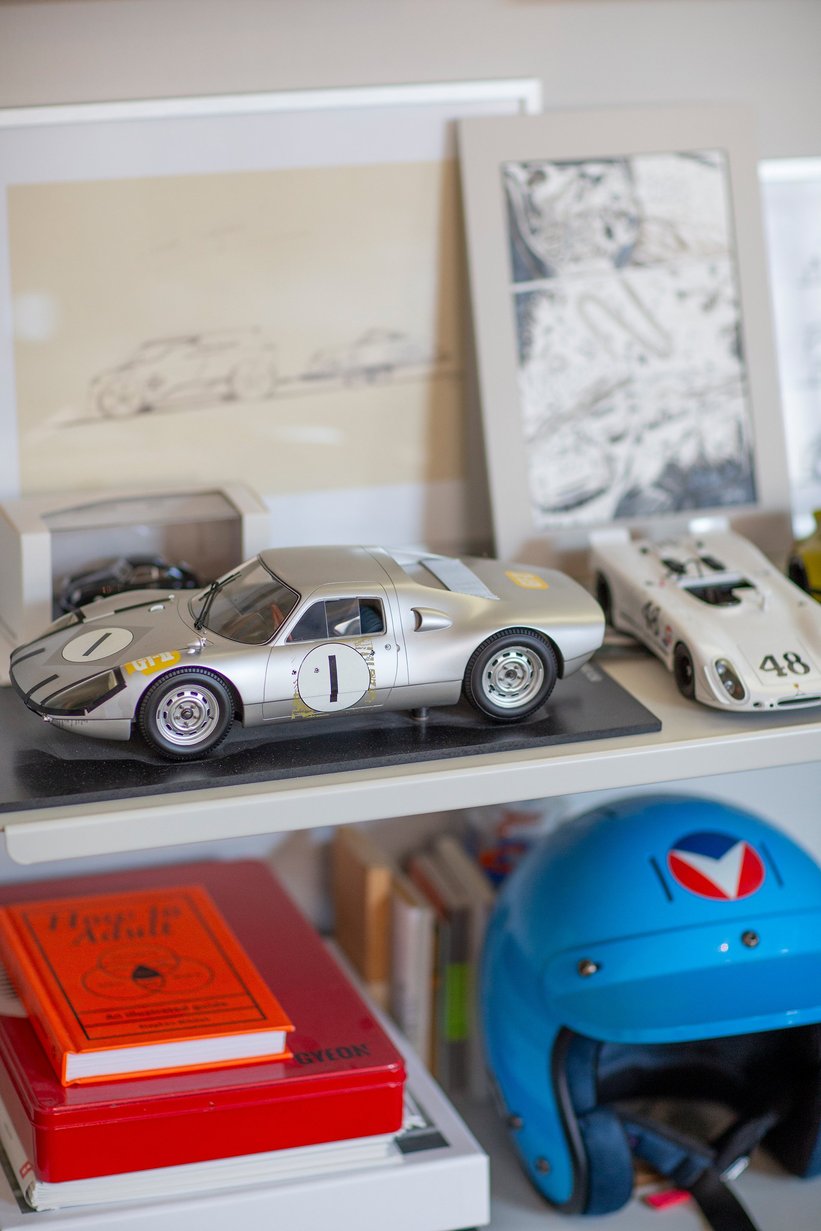
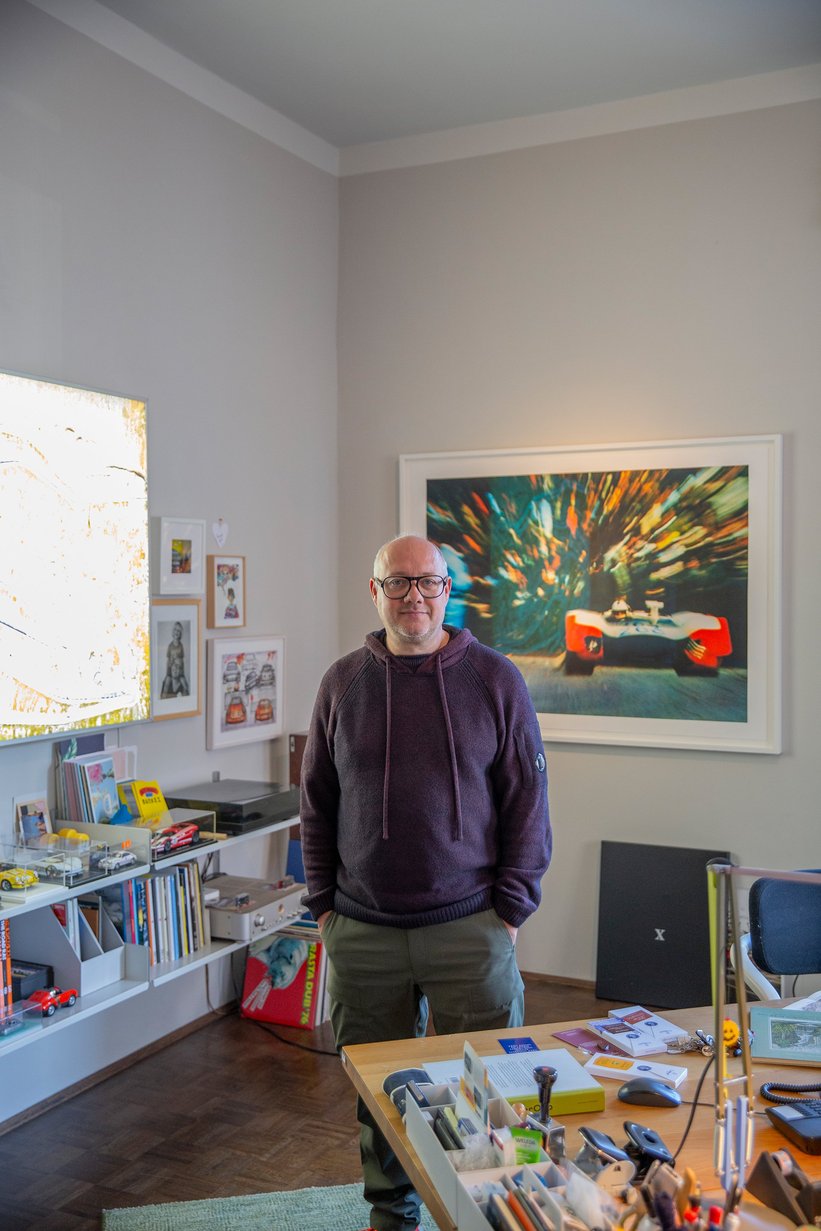
Looking at the Vitsoe shelves here in your office full of your books and magazines, nobody would blame you if you retreated to your couch, listened to experimental electronic vinyl records and stared out of the window. But is that even an option?
I’m too restless for that. Every holiday I plan turns into a project, my wife could tell you a lot about it. Tomorrow I’m going to Iceland with my son, and I couldn’t help but organize a first-series Porsche Cayenne and two Dakars. It’s just too much fun. Then I am flying to New Zealand for the next edition of Curves. Next spring I’m going to Asia. The wild hunt continues.
You can discover and buy the latest editions of Curves as well as most other books published by Stefan Bogner in the Curvistan section of our CD Shop.
